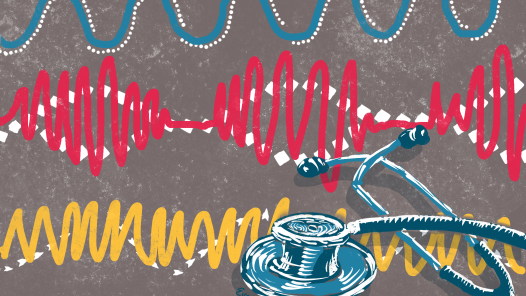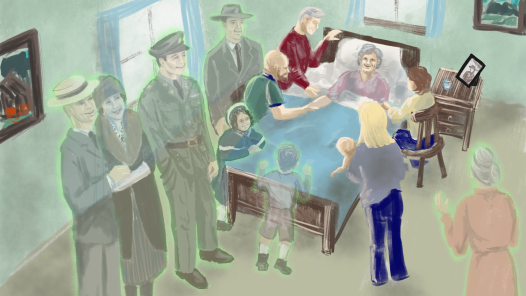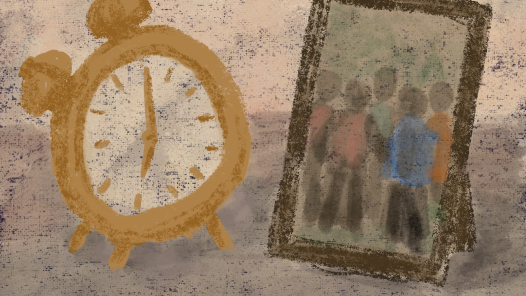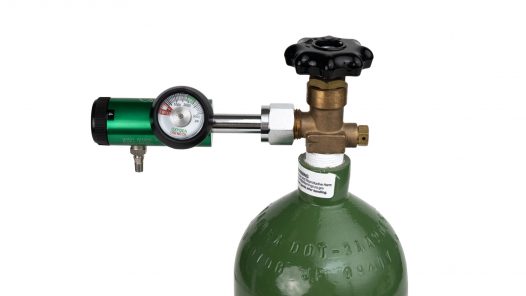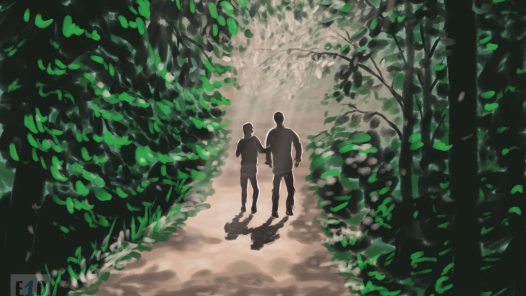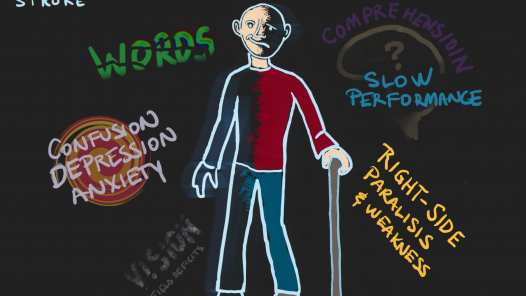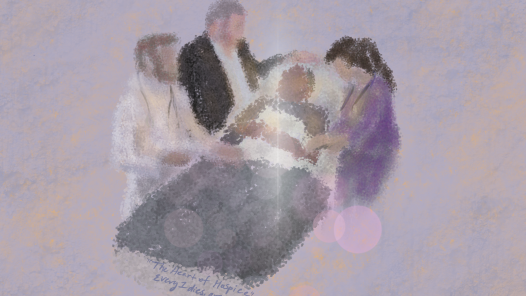Breath sounds and rhythms for a dying person can be alarming, even though it is a normal part of the process. Learn about pulmonary congestion, rattle, and changes to breathing patterns as we continue our series about what to expect during the dying...
An estimated 50-60% of patients will experience some form of end of life visions or dreams on the deathbed. What is this phenomenon, and how do you respond? Listen to our podcast to learn more!
We are continuing our series about what to expect during the process of dying with the topic of terminal agitation and delerium.
Breathlessness - called dyspnea - can be a very distressing symptom for everyone present at the end of life. This series tells you what is considered best practice for managing breathlessness at the end of life so that you can know what to expect if...
Normally we want people to eat and drink to heal. But for terminally ill, what does it mean when they no longer want food or fluids? How do we continue to support them? Find out about the dying process and how as a caregiver and family member your...
This is the first of a series of talks about the last hours of living with the focus this week on pain and skin. In is natural to assume that what we have been told to do to recuperate and be healthy are the same as what is seen during the dying...
End-of-Life Doulas are similar to birth midwives - they advise and advocate for a client's wishes; in this case, how they perceive a "good death." Learn about doulas and their role in our healthcare system.
Caring for the dying or critically ill can cause significant distress for health care providers, but even more so for family members in the role as a caregiver. Marianne shares about the complex challenges facing caregivers and ways to cope.
A stroke is an injury to the brain caused by a change in blood supply, such as from a blood clot or burst in a vessel that feeds the brain. Learn about left-sided strokes and the impact it can have on the body - physically, cognitively and...
What should one expect if a family member is discharged to hospice? We talk about this as well as some resources to help caregivers.


